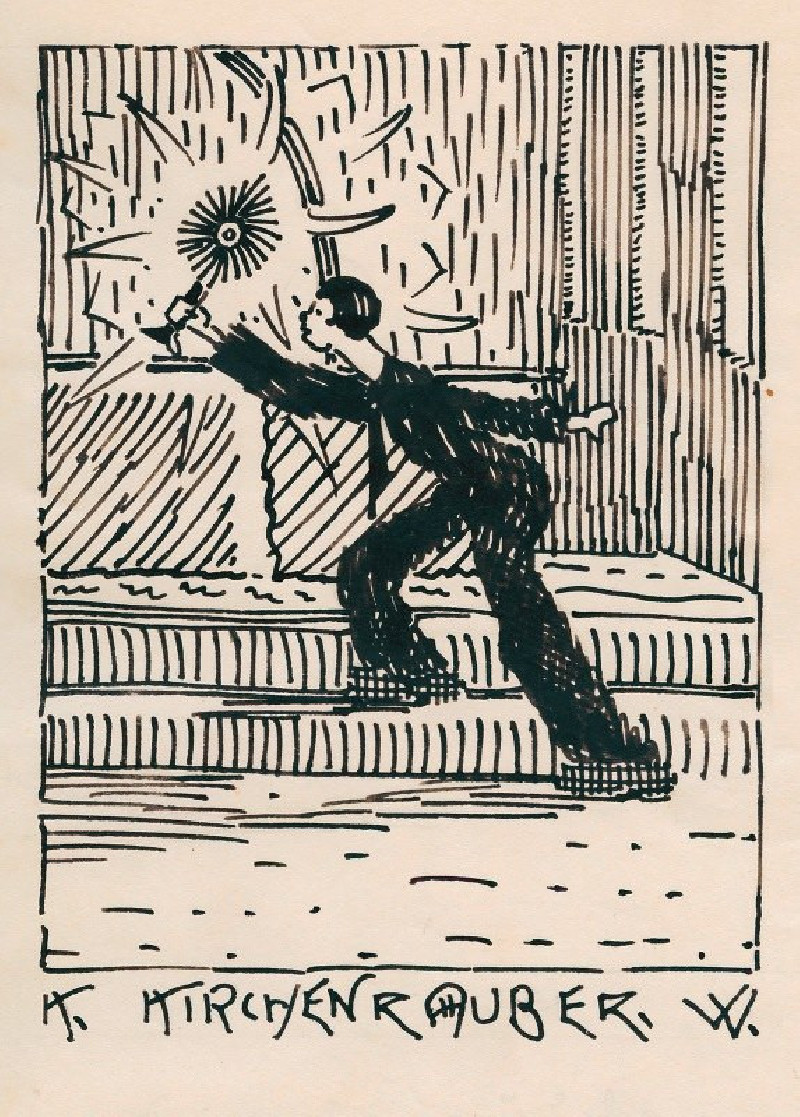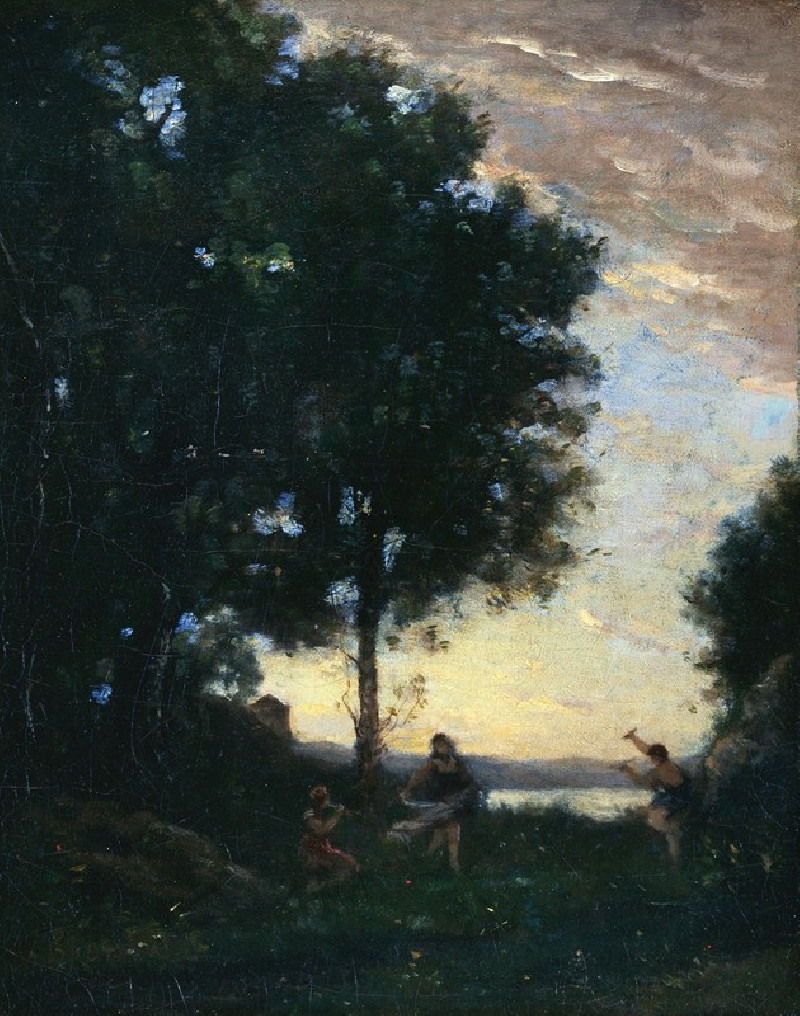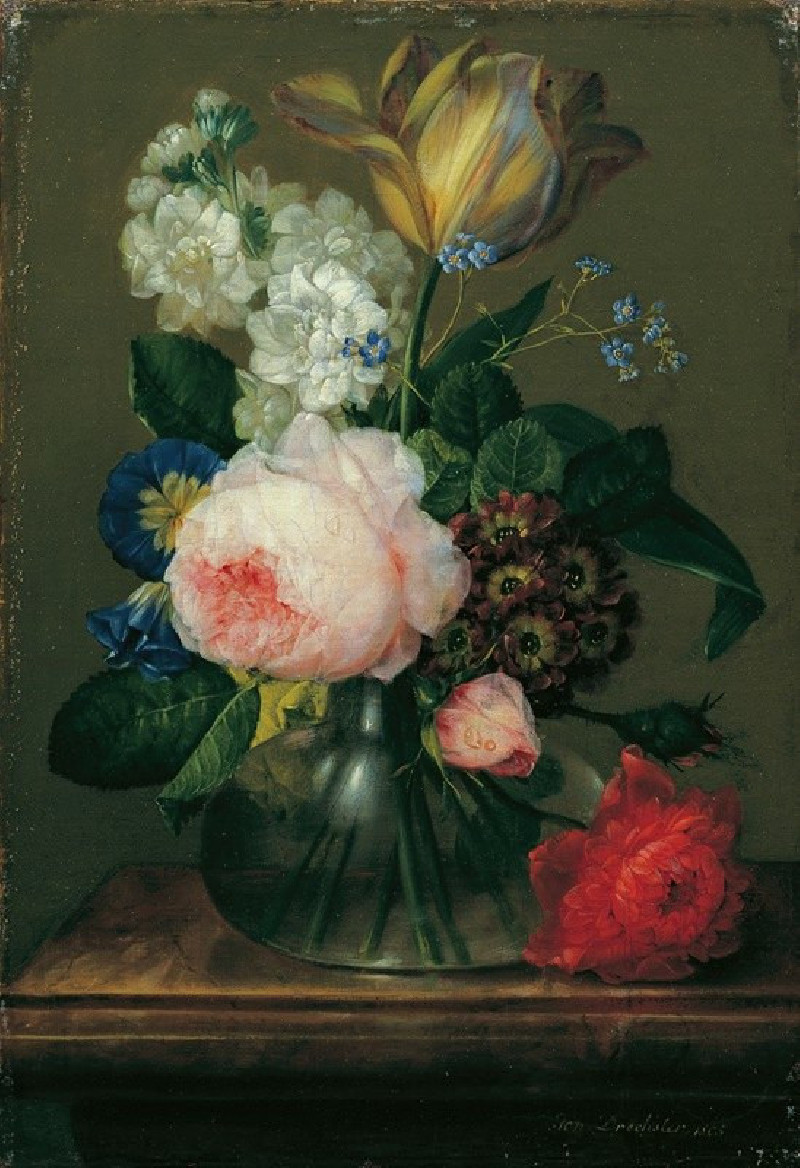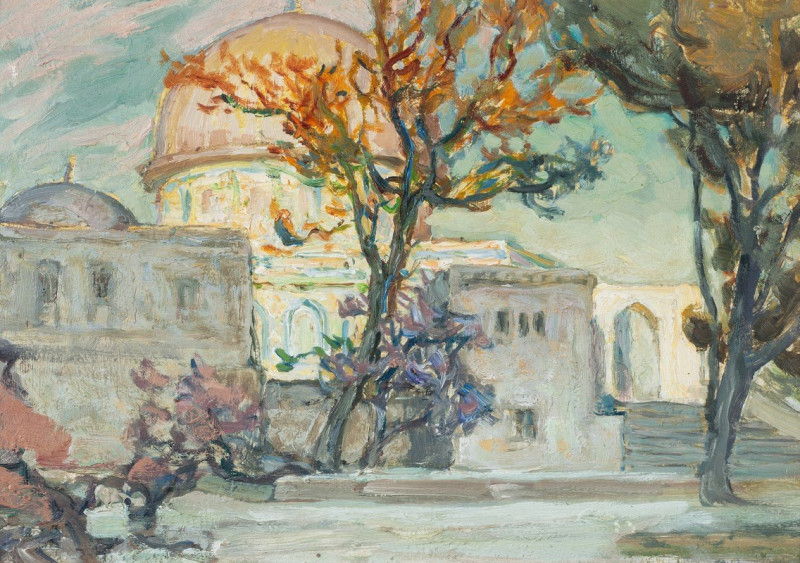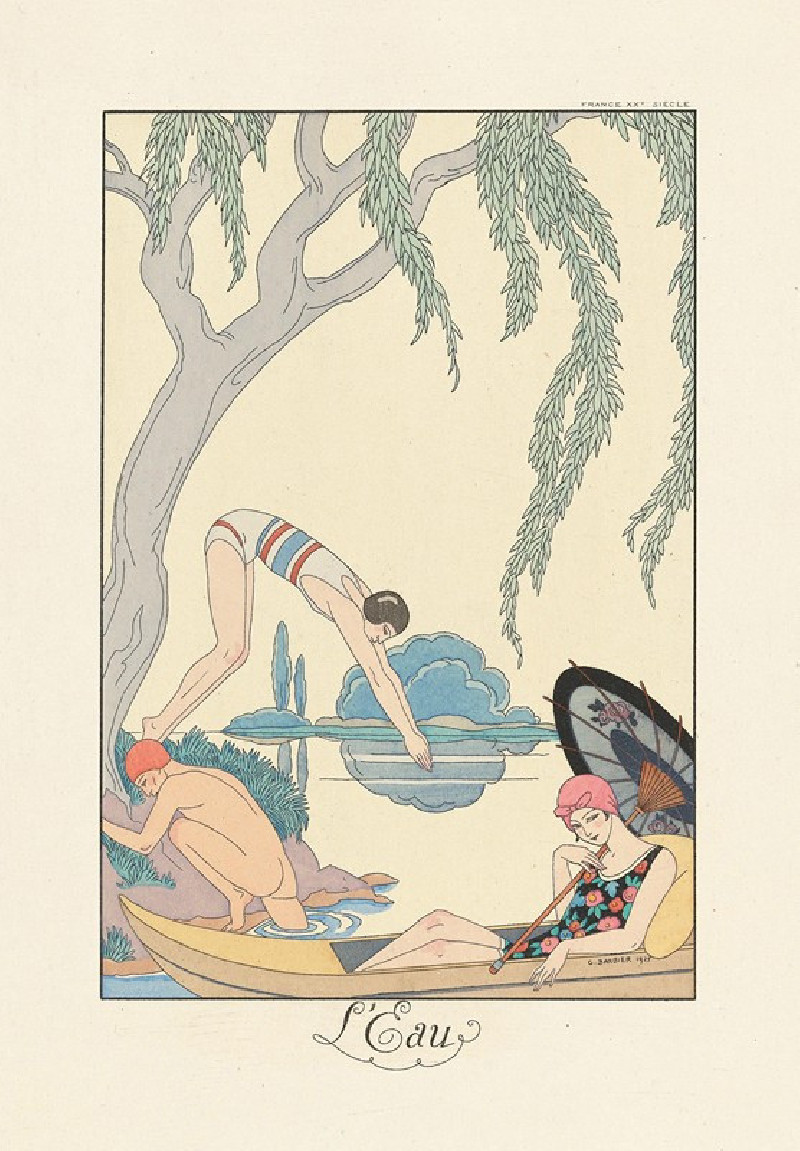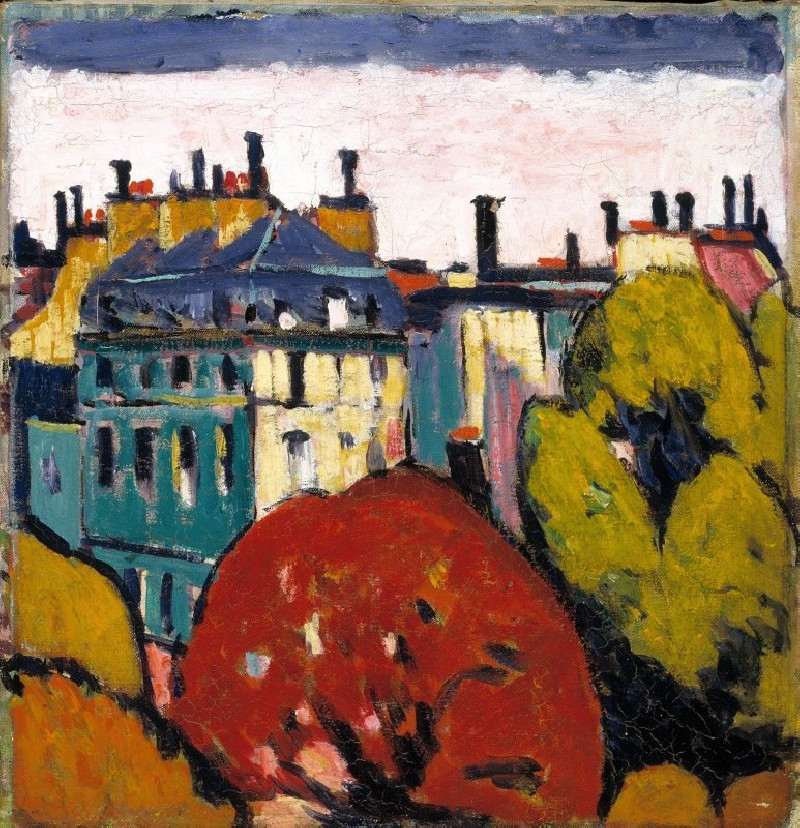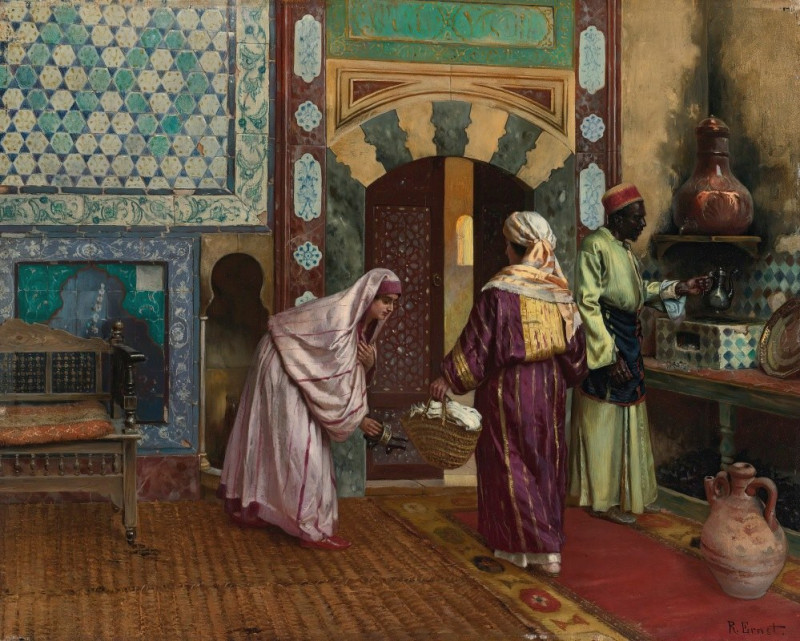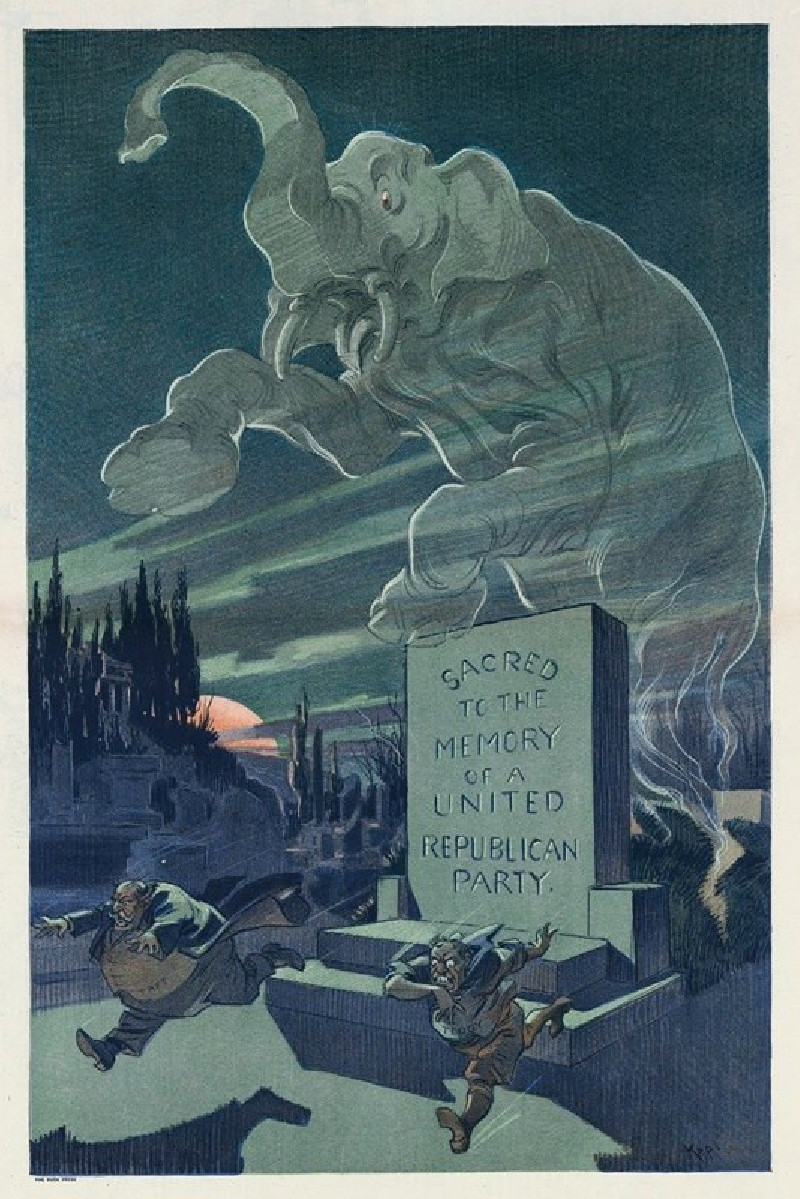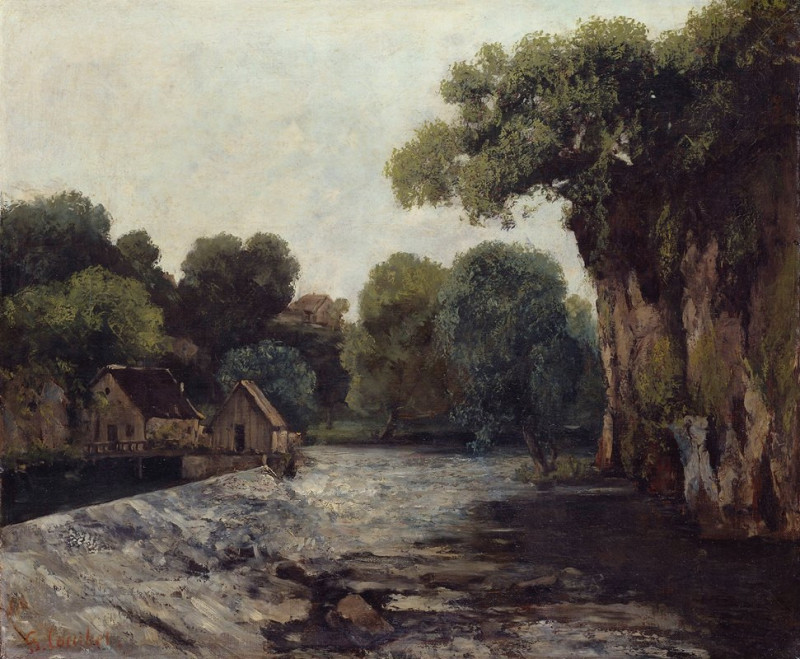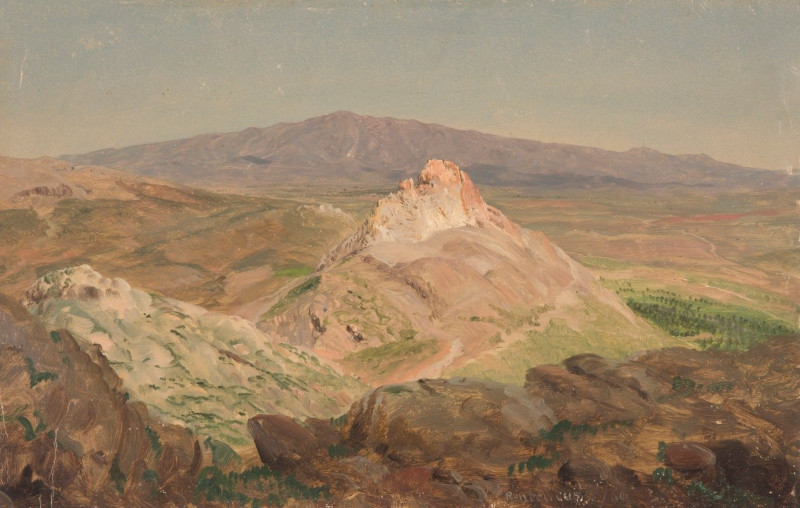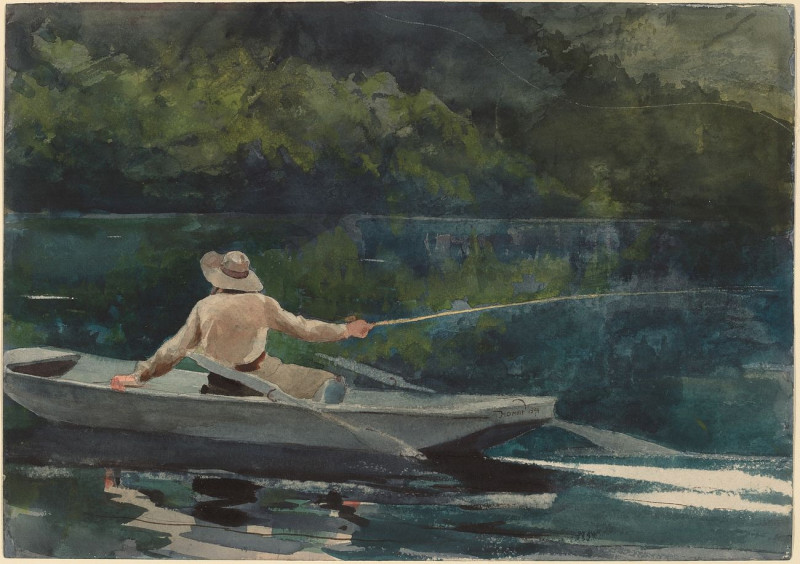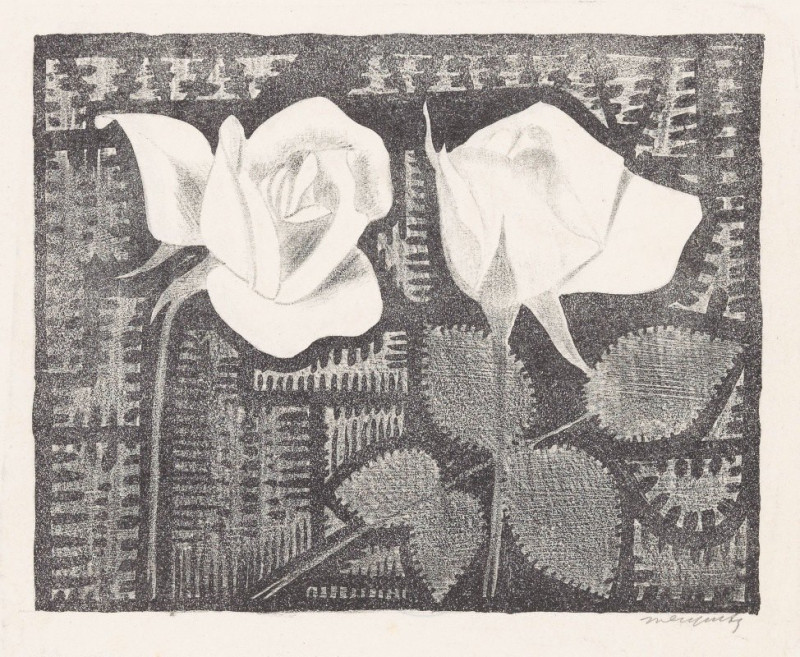Kirchenräuber (around 1920)
Technique: Giclée quality print
Recommended by our customers
More about this artwork
The illustration titled "Kirchenräuber," created by Karl Wiener around 1920, embodies a vivid sketch that captures a moment of intense drama. The artwork depicts a figure, cloaked in shadows and darkness, brandishing a hammer in the act of breaking a large stainglass window. The violent motion is captured with brisk, anxious lines that seem to vibrate with the urgency of the scene.In this drawing, Wiener effectively uses contrast and minimalistic details to focus the viewer's attention on the action and the central figure. The shattered glass of the window radiates outward in sharp, jagged lines, symbolizing disruption and perhaps echoing the broader socio-political upheaval of Wiener's time."Kirchenräuber" may translate to "Church Robber," indicating a narrative of theft or desecration, which juxtaposes sacred space with profane actions. This layer of meaning adds depth to the visual storytelling, urging viewers to ponder not just the physical act depicted but also its moral and spiritual implications.

